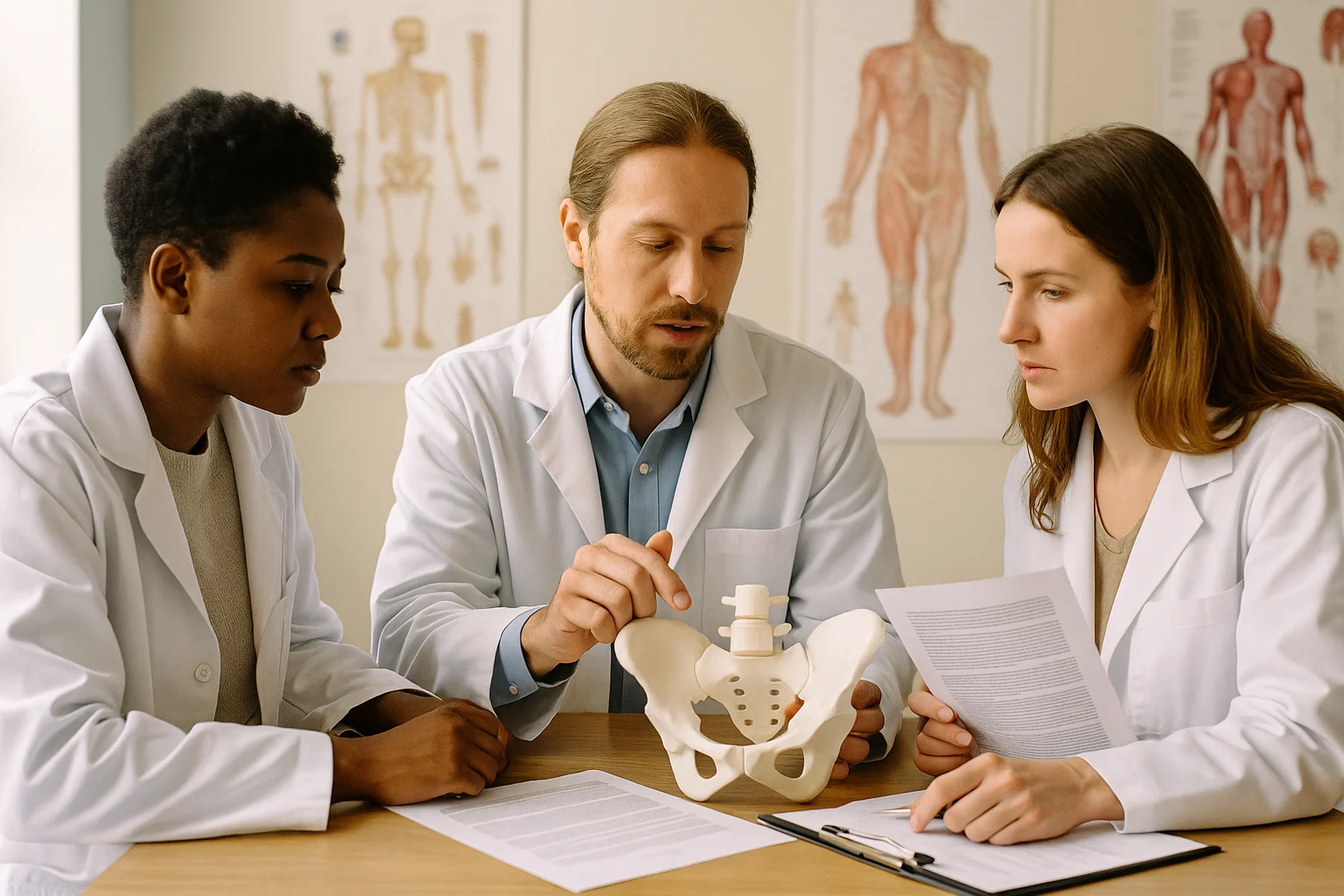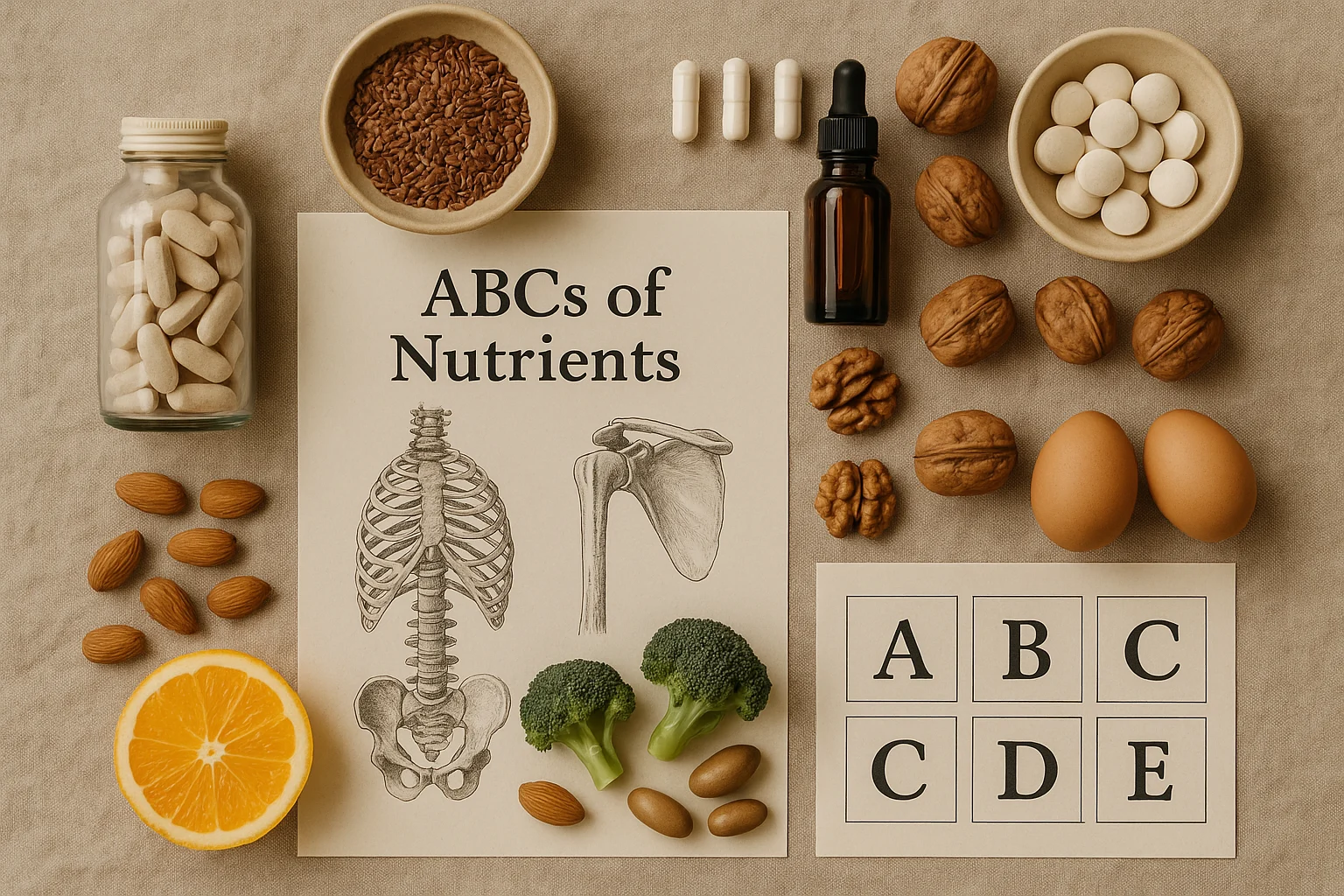Revisiting Supplementation in Cardiovascular At-Risk Patients
Calcium in Osteopathic and Medical Practice
In osteopathic practice, calcium is often discussed in the context of bone density, osteoporosis, and musculoskeletal resilience. In the medical clinical setting, it remains one of the most frequently recommended supplements for aging adults, especially women, making it a routine topic of discussion during nutritional and structural evaluations. But as the evidence evolves, so too must our clinical frameworks. Recent research challenges the long-held assumption that calcium supplementation is universally benign, especially for patients with or predisposed to cardiovascular disease. As manual osteopaths integrating nutritional principles into patient care, we must recognize when the scales may tip from benefit to harm.
The Vascular Risks of Supplementation
Calcium plays a pivotal role in vascular physiology, far beyond its contributions to skeletal integrity. When taken in supplemental form, particularly as isolated calcium without co-factors like vitamin D or K2, it may exert unintended effects on arterial walls. Over the past decade, multiple studies have linked calcium supplementation to a greater risk of coronary artery calcification, aortic valve stenosis progression, and ischemic stroke in certain populations.
Who Is Most at Risk?
These risks appear most relevant in postmenopausal women, individuals with diabetes, and those with established atherosclerosis or calcified plaque—groups that collectively represent a significant portion of adults over the age of 50, with prevalence estimates ranging from 30% to 60% depending on comorbidities.
A 2016 analysis from the Multi-Ethnic Study of Atherosclerosis (MESA) showed that while high dietary calcium intake seemed protective, supplement use was tied to a 22% higher risk of developing coronary artery calcification. Likewise, a 2021 meta-analysis of randomized controlled trials found that calcium supplementation alone raised cardiovascular event risk by about 15%, including coronary heart disease. For osteopathic patients already navigating metabolic dysfunction or low-grade inflammation, even a small added risk can become clinically meaningful.
Dietary Calcium vs. Supplements
This does not negate calcium’s role in health. But it does challenge the outdated notion that more is better, and it calls us back to osteopathy’s core principle of balance and internal regulation. The body carefully manages calcium homeostasis. When we introduce high doses of supplemental calcium, especially in single, isolated boluses, serum levels can spike. That spike may overwhelm the buffering mechanisms and push calcium toward soft tissue, not bone. In patients with low vitamin K2 status, this is compounded. K2 is required to activate the proteins that direct calcium away from arteries and into skeletal tissue, where it belongs.
Osteopathy’s Personalized Lens
From an osteopathic perspective, this underscores the need for personalized care—something our profession is already uniquely built to provide. Our emphasis on structural and systemic integration gives us the lens to recognize how musculoskeletal decline might coexist with vascular calcification and metabolic imbalance. The same patient presenting with spinal degeneration or osteopenia may also be developing subclinical arterial calcification. We have to ask, not only “Are they low in calcium?” but “Where is their calcium going?” Functional markers like vitamin D3, PTH, and coronary artery calcium scoring (CAC) can help shape that answer.
Clinical Guidance for Osteopathic Practitioners
The emphasis should now shift toward calcium from food sources, preferably under 1200 mg per day when combined with supplements, and any supplementation should be paired with adequate D3, K2, and magnesium. For osteopaths using nutrition therapeutically, this integrated approach is more aligned with both safety and efficacy.
Final Thoughts: Context Is Everything
Calcium remains essential. But context is everything, and in patients with cardiovascular risk, integrating supplementation decisions with vascular assessments and metabolic profiling is critical to avoiding harm while supporting long-term health.








